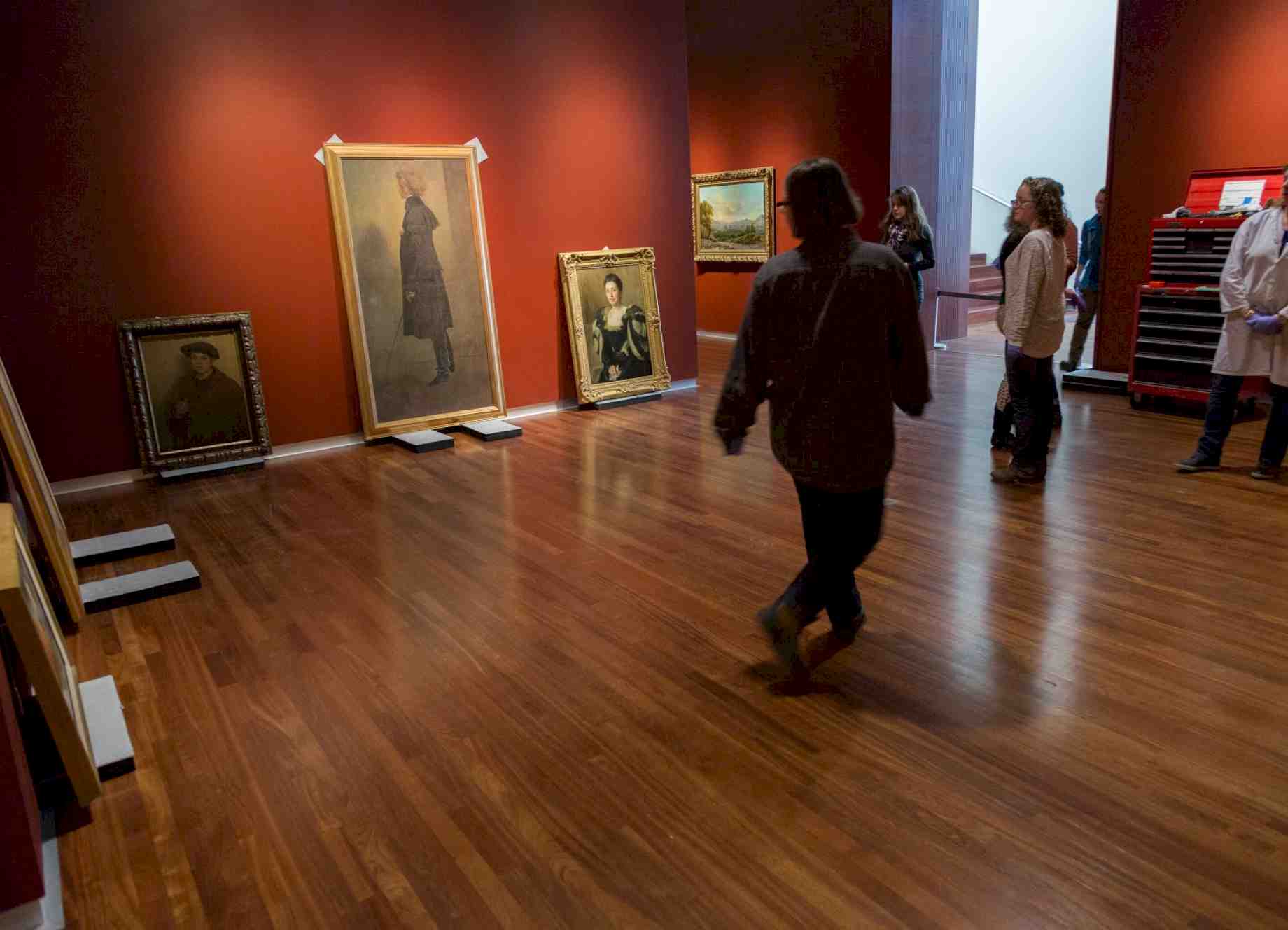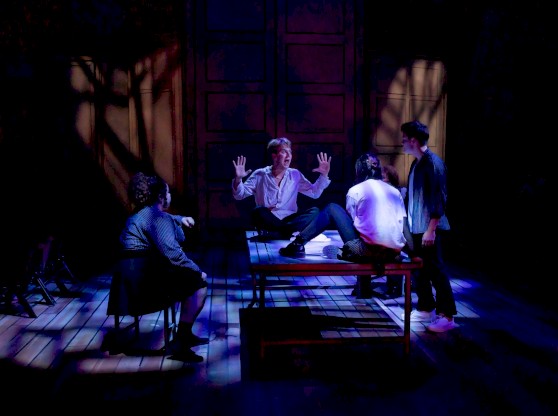On August 26, the Utah Museum of Fine Arts, with the help of Leslie Anderson (MA Art History '06), Curator of European, American and Regional Art at UMFA, finally re-opened its doors after being closed for renovations since January 2016.
This is the university and state art museum’s first renovation since it’s opening in 2001. Due to Utah climate, the museum experienced difficulties of keeping the consistent temperatures and humidity levels needed to preserve the art in the building and decided it needed to be resolved.
Anderson and the rest of the team at UMFA found the renovation as the perfect opportunity to reinvent the way people interacted with the exhibits, as well as showcase important objects that were placed in storage.
Anderson was ambitious to get started with the project.
“I had to learn the collections in my purview, develop a reinstallation and interpretive plan, compose extended object labels and didactics for the galleries, select wall colors, have discussions about mounts, pedestals, and vitrines, devise plans with the Museum’s conservator on treatment and framing, and raise funds for these projects,” she said. “I hoped we would complete each item on this checklist and, thanks to the hard work of my amazing colleagues, we finished in time.”
The museum’s new layout now includes a more cohesive narrative integrating galleries from the Art of the American West and Native American art, in addition to, interactive exhibits, and Spanish translations for all of the text in the museum.
“My mother emigrated from Cuba and taught Spanish for decades, and my bilingual upbringing informs my curatorial practice,” Anderson said. “It is imperative that museum professionals make art accessible to the communities we serve.”
As the museum’s year continues, Anderson plans on changing the museum's reputation of permanent collection galleries. In doing so, Anderson is creating six month rotations for the art collections in the museum by putting out artwork for a half-year period and then replacing the objects with other art in storage. The museum now uses the term “ongoing exhibition” for their galleries.
“My goal is to make the European and American galleries more dynamic spaces,” she said, “where with each return visit, members of our community will encounter works they have never seen before.”
Through Anderson’s hard work and passion towards the museum re-opening, she still manages to find ways to appreciate her education from the University of Florida.
“During the reopening hoopla, I met Lisa Iglesias, assistant professor in the School of Art + Art History,” she said. “It turns out that Lisa and I received our master’s degrees from UF’s School of Art + Art History in the same year. This conversation reminded me of the superb education I received at Florida, as both an undergraduate and graduate student, and how I fortunate I was to learn from my brilliant peers, as well as my professors.”




